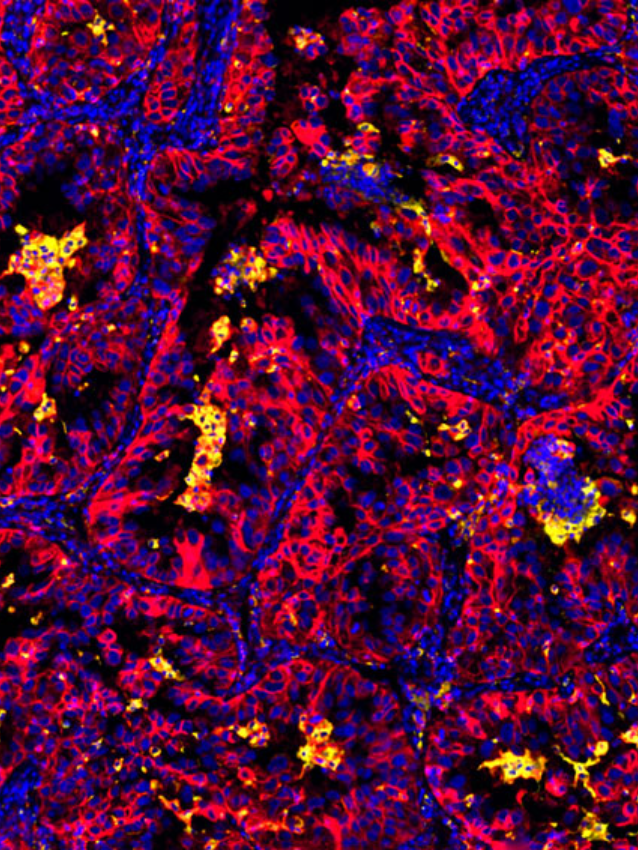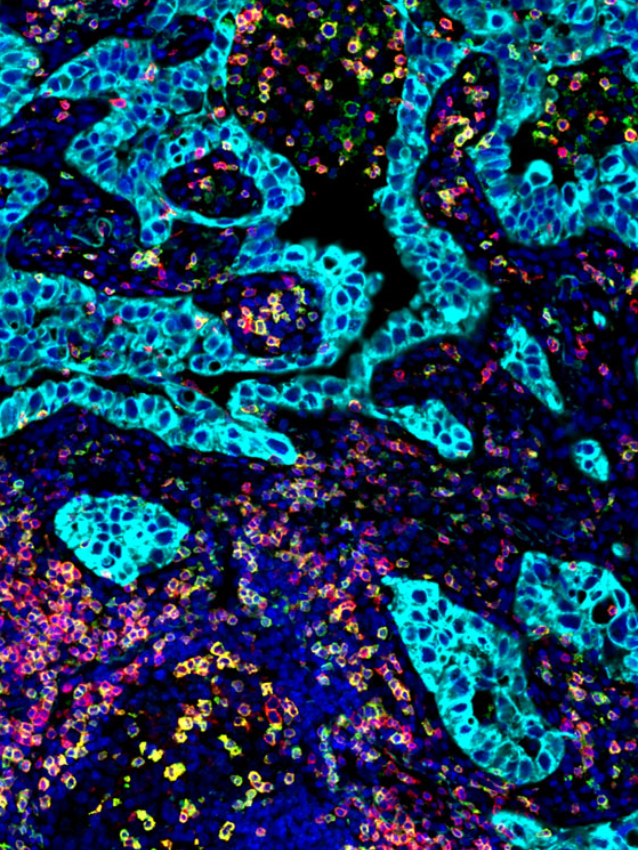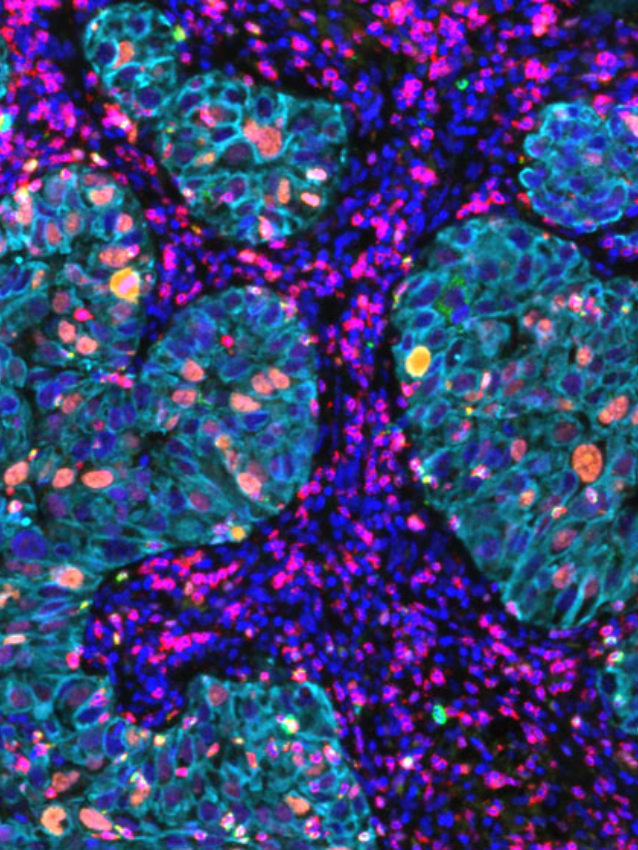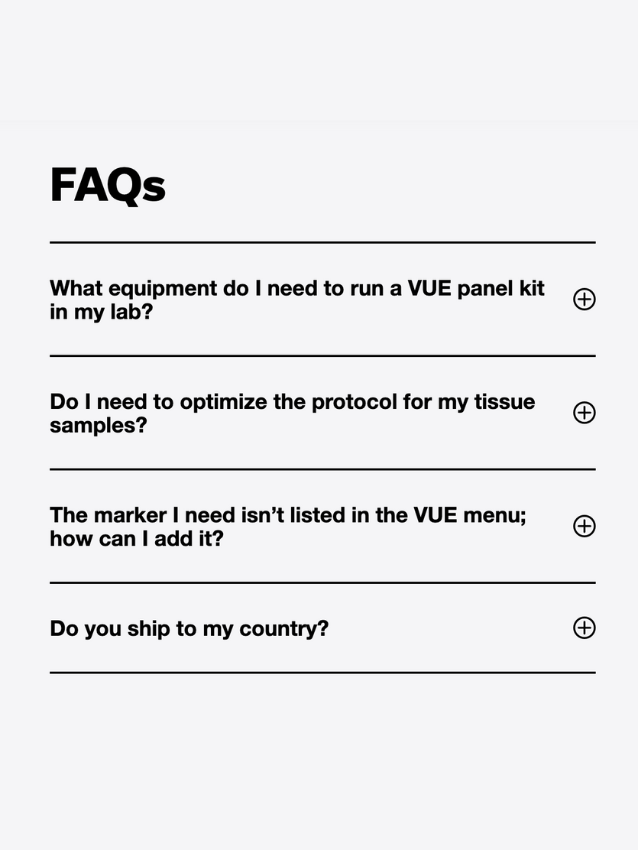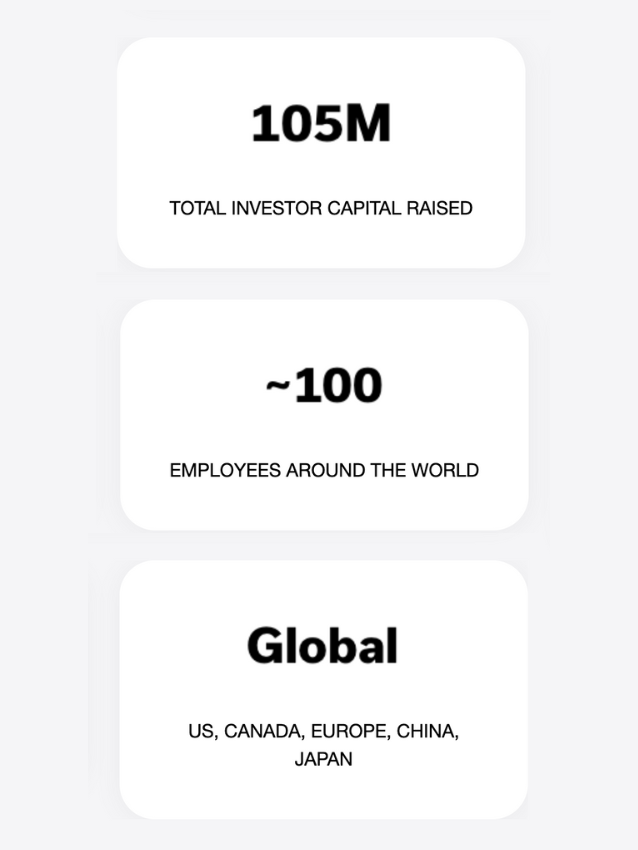On-Demand Webinars

Upcoming webinars
See a list of our upcoming events & webinars.
Register nowIntratumoral plasma cells predict outcomes to PD-L1 blockade in non-small cell lung cancer
The power of data analytics in biomarker programs
Image analysis for IO biomarker programs
Comprehensive tailored multiplex panel – a powerful tool for phenotypic analysis
Add multiplex IF to research – systemic inflammation associates witha myeloid inflamed tumor…
UltiStacker – essential tool for image co-registration of multiple IF scans
Flexible 8-plex panel for investigation of specific cell types in the TME
Flexible 8-plex panel for biomarker programs
Advanced phenotyping of the tumor immune microenvironment
Using multiplexed Immunofluorescence for spatial quantification of immune cells
Combinatorial immunotherapy with advanced solid tumors
Phenotyping the TME with tissue-based multiplexing assays
Next generation multiplex fluorescence IHC
Investigating targeted T-cell activation
Multiplexing and image analysis of PD-L1
8-plex immunofluorescence staining in the TME
Multiplex IF in the TME with customizable InSituPlex assays
